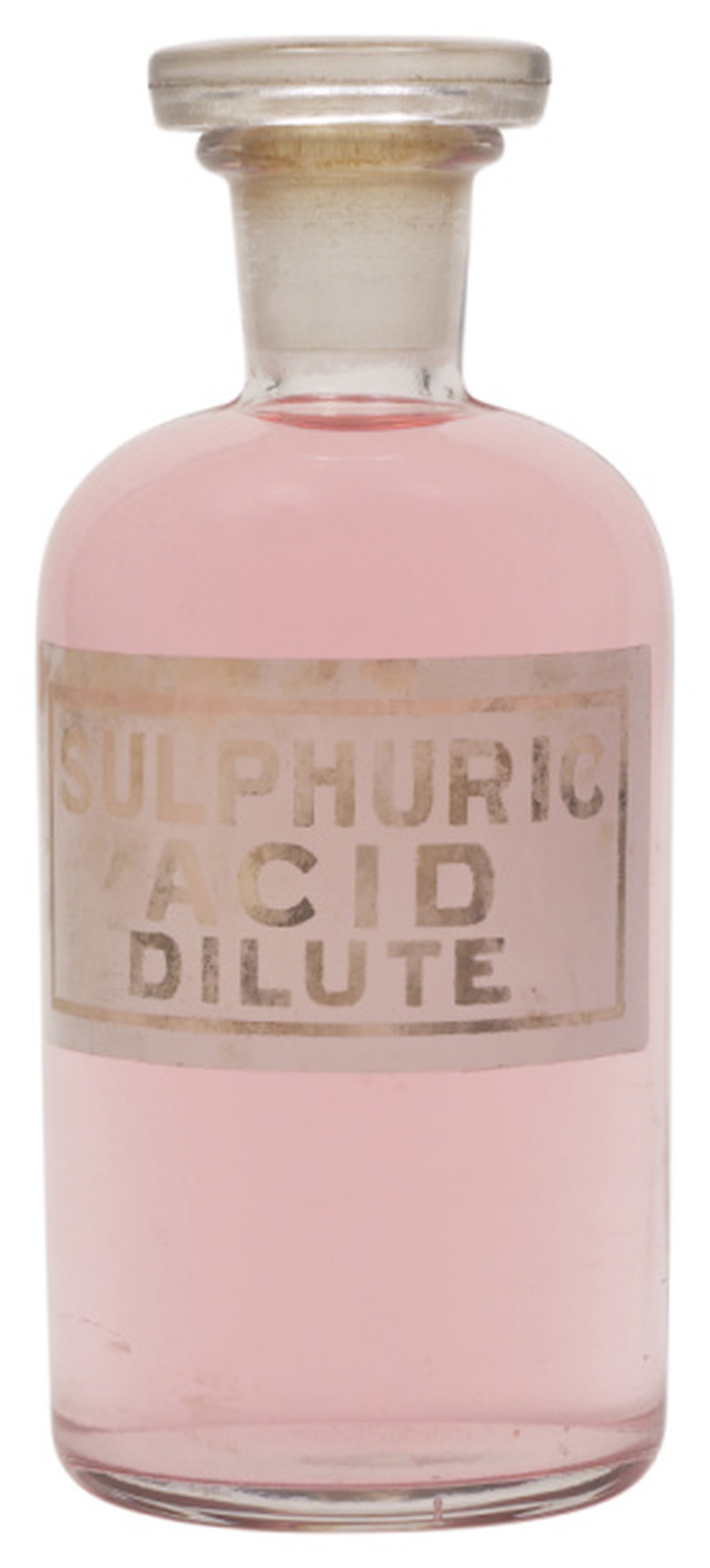How To Calculate H3O And OH
To understand how to calculate H3O from OH, and how to calculate OH from H3O, it is helpful to understand the balance between these two ions. An aqueous solution is a solution in which water is the solvent.
Water molecules (H2O) are polar, meaning that they have a negative end (the oxygen) and a positive end (the hydrogens). When there is a reaction in an aqueous solution, the water molecules have the ability to attract and temporarily hold a donated proton (H+). This creates the hydronium ion (H3O+).
In an acidic aqueous solution, the concentration of hydronium ions will be higher than the concentration of hydroxide (OH-) ions. There is a relationship between the H3O+ and OH- concentrations that makes it quite easy to solve one if you know the other.
Ion-product Constant for Water (Kw)
Ion-product Constant for Water (Kw)
The formula is: Kw = 1 * 10-14 = [H3O+] * [OH-]
The formula for the ion-product constant for water can be rearranged to solve for either H3O+ or OH-.
Calculate H3O+ when you know OH-: [H3O+] = (1 * 10-14) / [OH-]
Calculate OH- when you know H3O+: [OH-] = (1 * 10-14) / [H3O+]
Calculate H3O+ from OH-
Calculate H3O+ from OH-
**Example 1:** The hydroxide ion concentration is known to be 4.0 * 10-11. Determine the hydronium ion concentration using the ion-product constant for water.
[H3O+] = 1 * 10-14) / [OH-]
[H3O+] = (1 * 10-14) / (4.0 * 10-11)
The calculation is simplified by subtracting the exponents:
10-14 ÷ 10-11 = 10-3
[H3O+] = (1/4.0) * 10-3
[H3O+] = 0.25 * 10-3 which can also be written as 2.5 * 10-4
Calculate OH- from H3O+
Calculate OH- from H3O+
Example 2: If you know the hydronium ion concentration is 3.7 * 10-5, calculate the hydroxide ion concentration as follows.
[OH-] = (1 * 10-14) / [H3O+]
[OH-] = (1 * 10-14) / (3.7 * 10-5) Note: easily divide by subtracting the exponents (-14)-(-5)
[OH-] = 0.27 * 10-9
Calculate H3O+ from Molarity
Calculate H3O+ from Molarity
If you know the concentration of an acid solution in molarity, you can use a formula to calculate the concentration of hydronium ions.
The stoichiometric coefficients in the equations (the numbers in front of each molecule in the equation) determine the outcome of the calculations.
| 2 Na2SO3 + O2 = 2 Na2SO4 | |
| Molecule | Coefficient |
| Na2SO3 | 2 |
| O2 | 1 |
| Na2SO4 | 2 |
**Example 3:** A 2.0 L solution of 0.5 M hydrochloric acid (HCl).
First, write the chemical equation for the dissociation of the acid.
HCl (aq) + H2O = H3O+ (aq) + Cl- (aq)
Second, calculate the concentration of hydronium ions.
In the case of hydrochloric acid, the stoichiometric coefficients of the acid and the hydronium ion are both one. They are the same, which makes this a very simple matter. The concentration of hydronium ions is the same as the concentration of hydrochloric acid.
[H3O+] = [HCl]
**Example 4:** A 2.0 L solution of 0.5 M sulfuric acid (H2SO4).
H2SO4 + 2 H2O = 2 H3O+ + SO42-
The coefficient of the acid is one and the coefficient of the hydronium ion is two. The concentration of hydronium ions is two times that of the acid.
[H3O+] = 2 * 0.5 M
[H3O+] = 1.0 M
Cite This Article
MLA
McConnell, Tracy. "How To Calculate H3O And OH" sciencing.com, https://www.sciencing.com/how-8353206-calculate-h3o-oh/. 9 March 2020.
APA
McConnell, Tracy. (2020, March 9). How To Calculate H3O And OH. sciencing.com. Retrieved from https://www.sciencing.com/how-8353206-calculate-h3o-oh/
Chicago
McConnell, Tracy. How To Calculate H3O And OH last modified August 30, 2022. https://www.sciencing.com/how-8353206-calculate-h3o-oh/
